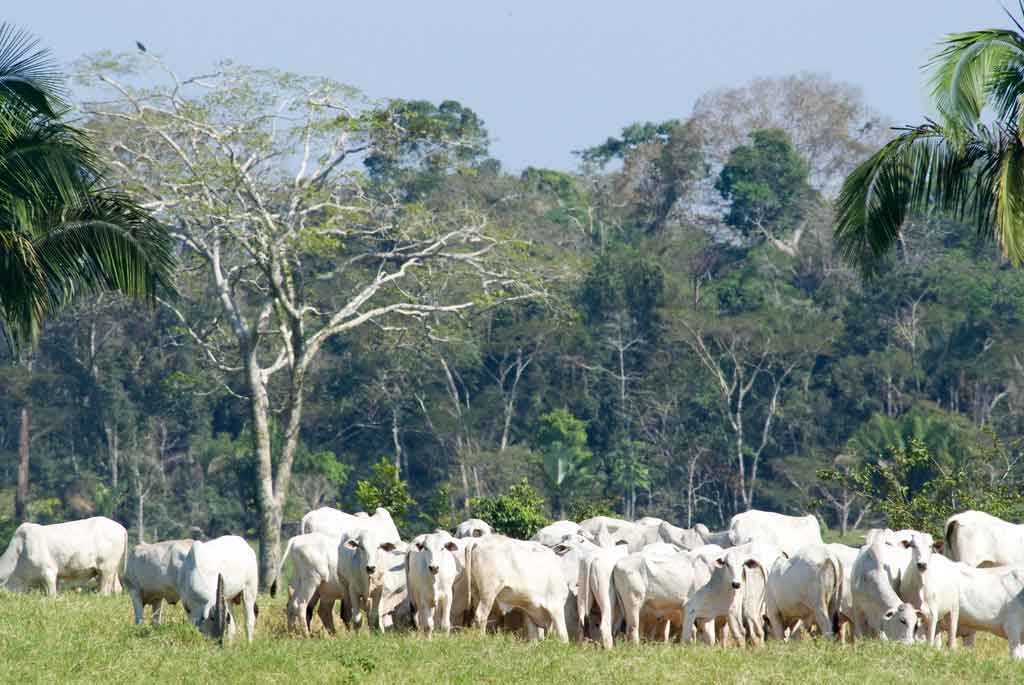Earth System Science
GFDL develops comprehensive Earth System Models of global land, ocean, atmosphere, sea ice, chemical, biogeochemical and ecological interactions including climate, biospheric processes and human interactions. We use these models to assess environmental change and impacts and improve our understanding of past, present and future Earth Systems.
Carbon and Biogeochemical Change
Human activities are impacting local, regional, and even global carbon and other biogeochemical cycles in fundamental ways, both directly through, ocean acidification, pollution or land modification, and indirectly through modification of Earth’s climate. These changes include climate change, land and ocean carbon uptake stabilizing climate, and impacts.
Land Ecosystems and Hydrology

Understanding the influence of humans on the biosphere and the global climate system is one of the most pressing challenges in the Earth sciences. Changes in land characteristics are extremely important for their effects on climate, terrestrial ecosystems, and direct effects on the societies. Our focus is terrestrial biogeochemical and hydrological cycles in both natural perturbed systems.
Marine Ecosystems
The conservation and management of coastal and marine ecosystems and their living marine resources is key to NOAA’s mission with over $4B and 1M jobs associated with commercial and marine fishing and coral reefs alone providing important economic benefits through tourism and recreation. We participate in a broad array of modeling and collaborative impacts studies on these systems.
Tropospheric Chemistry and Aerosols

Tropospheric chemistry plays a critical role in perturbing the climate by controlling the abundance and distribution of short-lived air pollutants including methane, ozone, and aerosols. We conduct studies on the spatial and temporal distribution of air pollutants combining natural sources and anthropogenic activities, chemical processes, atmospheric long-range transport, climate variability and extremes.
Fire in the Earth System
GFDL is engaged in several activities related to the representation and impacts of fire in the Earth system. These efforts play critical roles in fulfilling NOAA’s mandates to understand and project both future climate and the influence of climate and biogeochemical change on humans, and to provide stewardship of the atmosphere and oceans, particularly in the context of carbon cycle and air quality, and their climate interactions.


